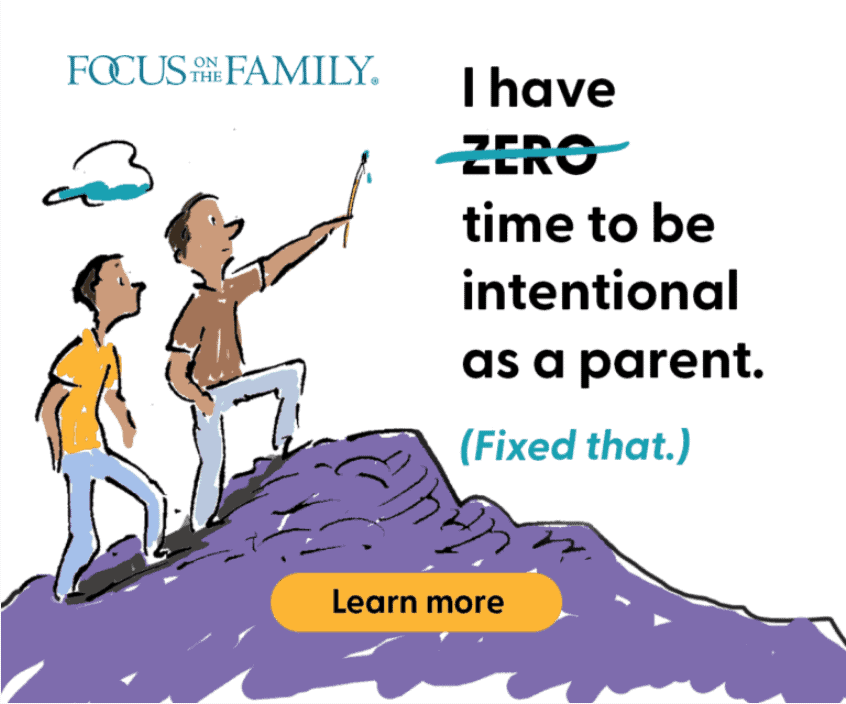Estimated reading time: 6 minutes
The term “gaslighting” has been thrown around in relationships for years, but what are we really looking for in place of gaslighting? The opposite of gaslighting in marriage is emotional validation — and validation in marriage is essential to conflict resolution. We know gaslighting is unhealthy, but many of us do it in marriage without realizing. So here are some examples of how to validate your spouse emotionally instead of gaslighting him or her.
Table of Contents
Gaslighting Examples
Validation is an opportunity to communicate that your spouse’s heart and emotions are important to you, regardless of whether you agree or they make sense to you. When you validate your spouse, you recognize, value, and accept his or her deepest thoughts, opinions, ideas, beliefs, and emotions.
Invalidation, on the other hand, is to reject, debate, minimize, demean, judge, or try to fix someone’s emotions. Counselors use the expression “gaslighting” to describe efforts to gradually manipulate someone into doubting his or her own reality or to trick a person into believing he or she is insane. Gaslighting is a great demonstration of invalidation. Here’s a list gleaned from eqi.org, a site about emotional intelligence, of things people say — some intentional, some unintentional — to invalidate a spouse:
- “You’re so sensitive.”
- “That’s ridiculous. You shouldn’t feel that way.”
- “It’s no big deal. Why do you get so emotional?”
- “Lighten up. You’re overreacting.”
- “Can’t you take a joke?”
- “Relax. Stop freaking out!”
- “You are not being rational.”
- “It’s nothing to get upset over. You shouldn’t let it bother you.”
- “You should be over that by now.”
That is a pretty sobering list. When I first read through these invalidating statements, I cringed as I realized how many of the phrases I had used with my own loved ones — especially my wife, Erin. Sadly, I’m sure I’ve sent the message to Erin that not only were her feelings wrong, but there was something wrong with her. This is the gaslighting part of what I was unintentionally doing to my wife.
What Validation in Marriage Looks Like
Validation is modeled in marriage when we safely allow our spouse to share his or her thoughts and feelings. The message is that it’s okay to think or feel the way he or she does. Validation occurs when we help our spouse feel unconditionally accepted.
Most of us truly want to validate our spouse when he or she is frustrated or hurting, but often we don’t know how to offer validation or we start to give advice. I have usually found that if I validate Erin, she is able to work out her own emotional problems faster than if I give her advice. This can be difficult for me, because Erin’s emotions or perspectives often push my buttons. I get defensive or go into fix-it mode so quickly that it keeps me from validating her.
To battle my natural tendency to debate and problem-solve Erin’s feelings, I remind myself of the truism, “People don’t care how much you know until they know how much you care.” I have to constantly remember that Erin won’t care about my perspective, my emotions, or my idea for a solution until she feels that I care about her.
I’ve found there are three powerful ways for couples to validate each other:
Discover Your Love Style
1. Repeat Back What You Hear Your Spouse Saying
A great deal of validation occurs if you get good at reflecting or repeating back what your spouse is saying:
- “So what I hear you saying is ___.”
- “Is that what you are saying?”
- “Am I understanding you right?”
- “It sounds like ___ is really important to you.”
- “So what bothered you was that ___?”
What stops couples from making these validating statements? Some people have a difficult time reflecting back what their spouse is saying because they fear it means they agree with that perspective or interpretation of the facts. Don’t forget, validation says, “You matter to me, regardless of whether I agree with your perspective or whether your feelings make sense to me.” When you disagree with the facts or opinions that your spouse is sharing, the key is to focus on his or her feelings.
2. Acknowledge the Underlying Emotion Your Spouse Communicates
I can debate for hours the particulars, specifics, figures, statements, and events as Erin sees them. This gets us nowhere fast, and we both walk away feeling disconnected. However, I have another goal — to focus on Erin’s emotions. Her feelings are not debatable. They are what they are — the voice of her heart. And I can choose to care about her heart. This not only helps her feel safe, it also takes us to a deeper level of intimacy. To understand your spouse’s emotions, try using phrases like:
- “That sounds frustrating/discouraging/like it would really hurt.”
- “That must have been scary.”
- “How strongly are you feeling that (on a scale of 0 to 10)?”
- “So you really felt ___?”
- “It sounds like you are really feeling ___.”
- “How else did you feel?”
- “How did you feel when ___ happened?”
This kind of questioning helps validate your spouse’s feelings. But when you question, disagree, debate, or argue with how he or she feels, you completely invalidate your spouse. On the other hand, it’s extremely powerful when you allow your spouse to experience his or her true feelings and validate his or her emotions.
3. Accept and Validate Your Spouse’s Feelings and Perspective
Once you understand your husband’s or wife’s perspective and emotions, you can follow the reflective listening with a simple statement like:
- “It makes sense to me that you are feeling that way.”
- “I would feel the same way.”
- “I can understand why you feel that way.”
- “What you are saying matters to me.”
- “Your feelings are really important.”
When one spouse does not object to or argue with the other’s feelings, but accepts him or her with validation, the other spouse feels truly loved. One spouse’s validating attitude confirms that the other spouse has a right to feel the way he or she does.
The Difference Between Validation in Marriage and Being a Doormat
Remember, you can validate your spouse’s point of view while still possessing a different viewpoint. When I say, “Erin, I really understand that you are hurting, that this has wounded you,” I am not necessarily saying, “Erin, I agree with you, and I was wrong.” Rather, I am saying, “I could tell that this really hurt you, and your feelings mean the world to me. I care about how you feel!” It’s also important that you verbally communicate that you are with your spouse — on the same page and on the same team.
The more you listen to and validate your spouse’s thoughts and feelings, the more connected you will feel. The final step toward true intimacy and deep connection in a relationship takes place when you empathize with your spouse.
Articles in This Series:
- Listening Is the First Step in L.U.V.E.
- Understanding Is the Second Step in L.U.V.E.
- Validation Is the Third Step in L.U.V.E.
- Empathy Is the Fourth Step in L.U.V.E.
- Apology Is the Fifth Step in L.U.V.E.




















